The Palestinian Museum
Dear Friends,
The Palestinian Museum, on the grounds of Birzeit University just 16 miles from Jerusalem, is a must-see. It’s a small, visually stunning modern building surrounded by beautiful gardens. The museum’s mission is educational as it celebrates Palestinian culture - past, present, and future.
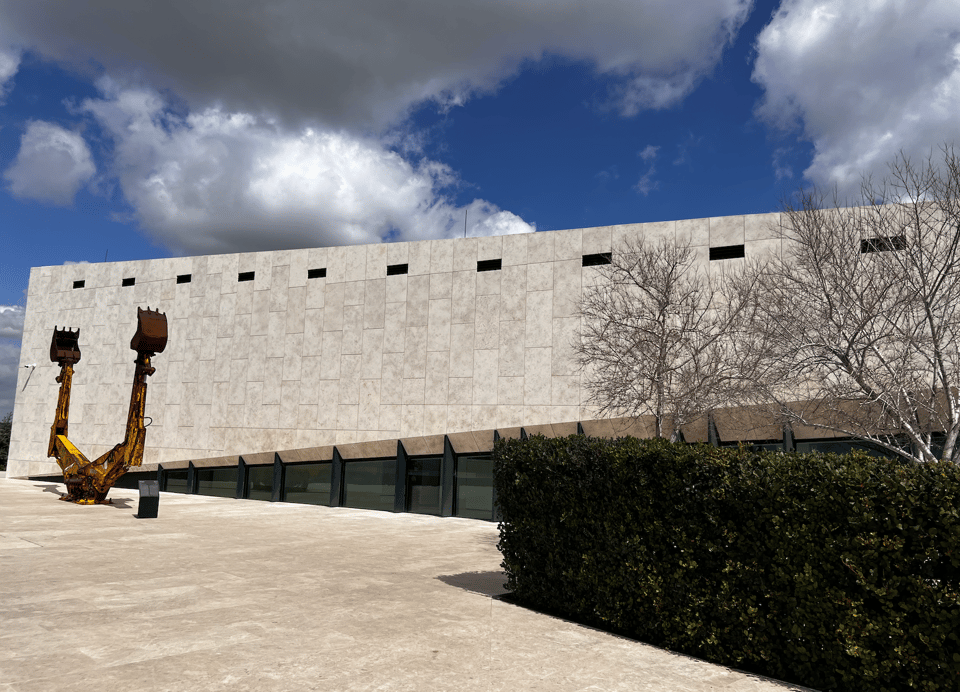
The current exhibit is called ‘This is Not an Exhibition’ - a collection of works by Palestinian artists from Gaza. Two Gazan art organizations were invited to use the Museum’s exhibition hall “after the flames of war swallowed their spaces in Gaza”. It would have been impossible to gather art from Gaza itself, so the Gazan art has been collected from the West Bank. In Gaza, frames, paintings, and books have been burned for fuel.
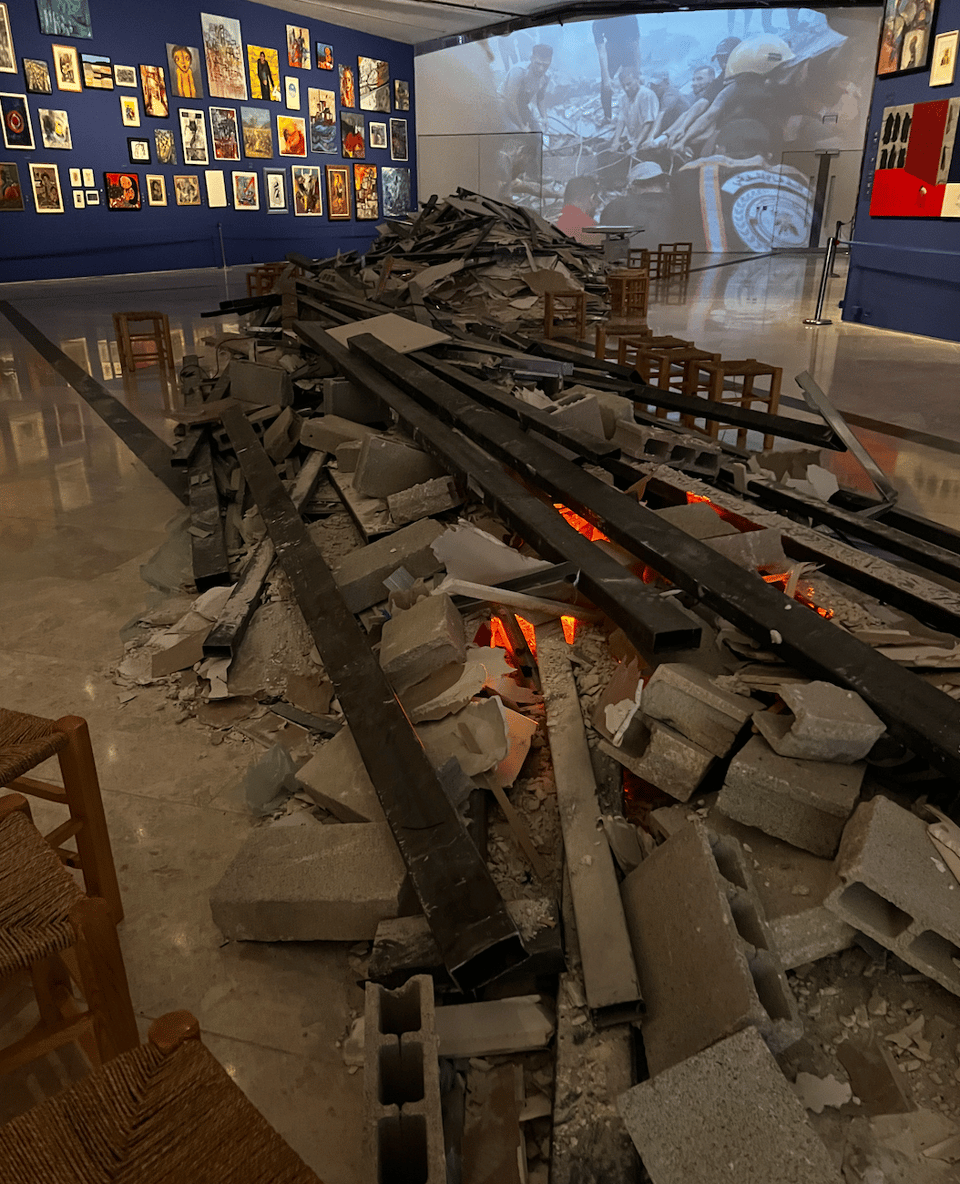
In the exhibit room, as in Gaza itself, the buzzing sound of Israeli drones is constant. As I am writing this in Ramallah, we are hearing the same Israeli drones (zannāneh) overhead.
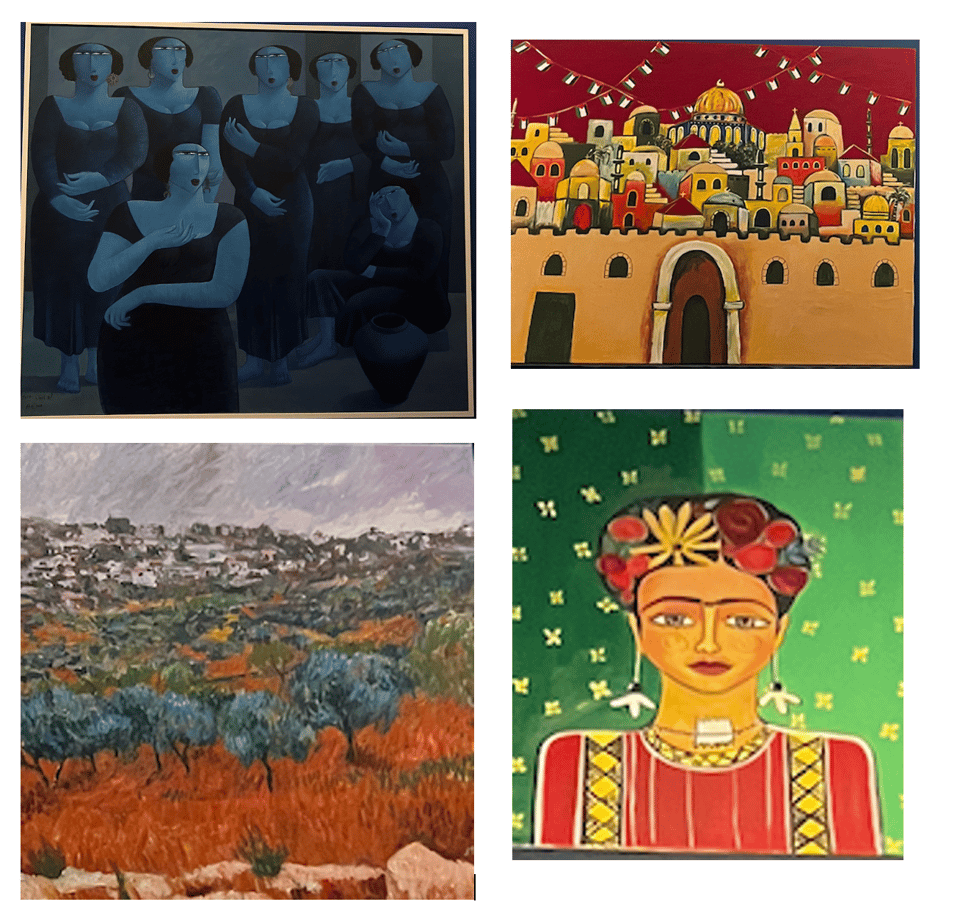
Here are some of the other pieces I loved in the museum:
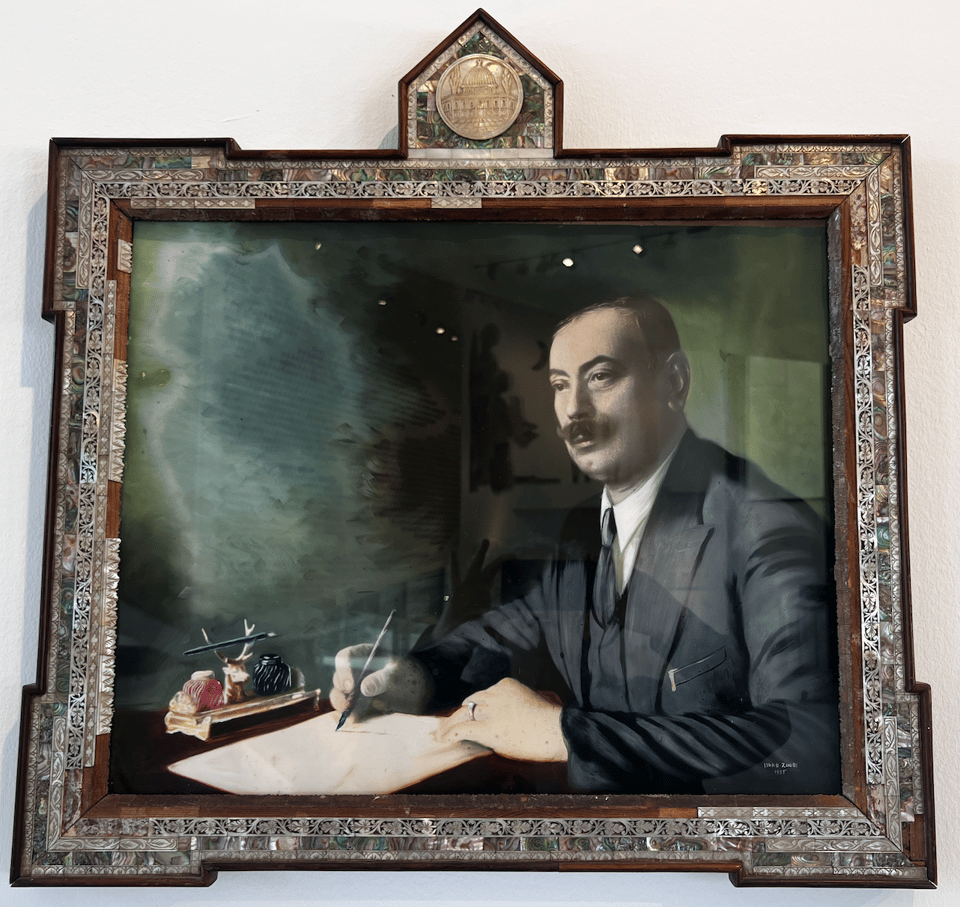
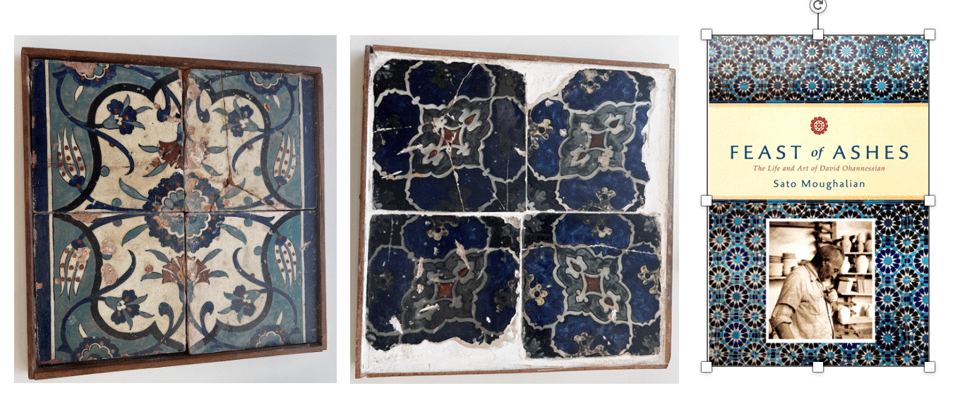
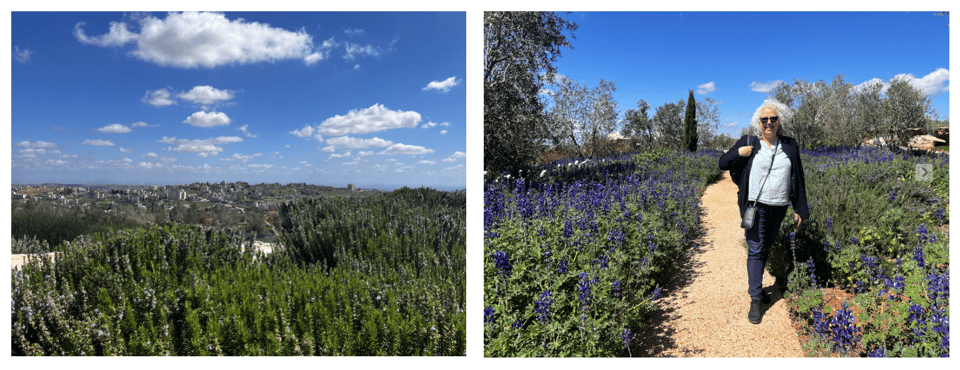
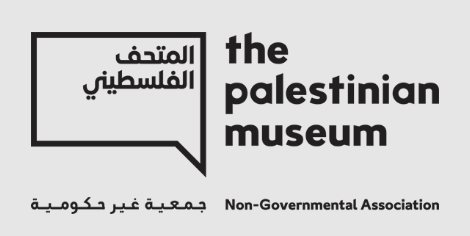
POSTSCRIPT:
Since my visit to the museum about a week ago, the assault on the people of Palestine has intensified. The situation is deteriorating in Gaza and in the West Bank. One village in Jenin (in the West Bank) has 65 home demolition warnings. And the frequency and intensity of settler attacks have reached an unprecedented level. In Gaza, bombings have intensified and the blockade (food, water, medicine, fuel) continues.
You may have read that on March 23, Israeli soldiers executed 15 rescue workers (reported even in the NY Times). Here is a side-by-side of an Israeli spokesperson saying that the ambulances were unmarked, without headlights, and were “advancing suspiciously” - while the video shows that the vehicles were clearly marked as Red Crescent vehicles, with lights flashing. News sources later reported that “Israel's army has admitted its soldiers made mistakes over the killing of 15 emergency workers in southern Gaza on 23 March”. What were the mistakes? They mistakenly assassinated medical personnel? Mistakenly buried their bodies in a mass grave? Mistakenly buried the ambulance along with the bodies? Mistakenly lied about it? If the cell phone footage had not surfaced, would Israel have been able to convince us of their innocence? What we are witnessing is a systematic pattern of genocide, which Israel has been pursuing with the full backing of the U.S. government.
Salaam,
Nancy